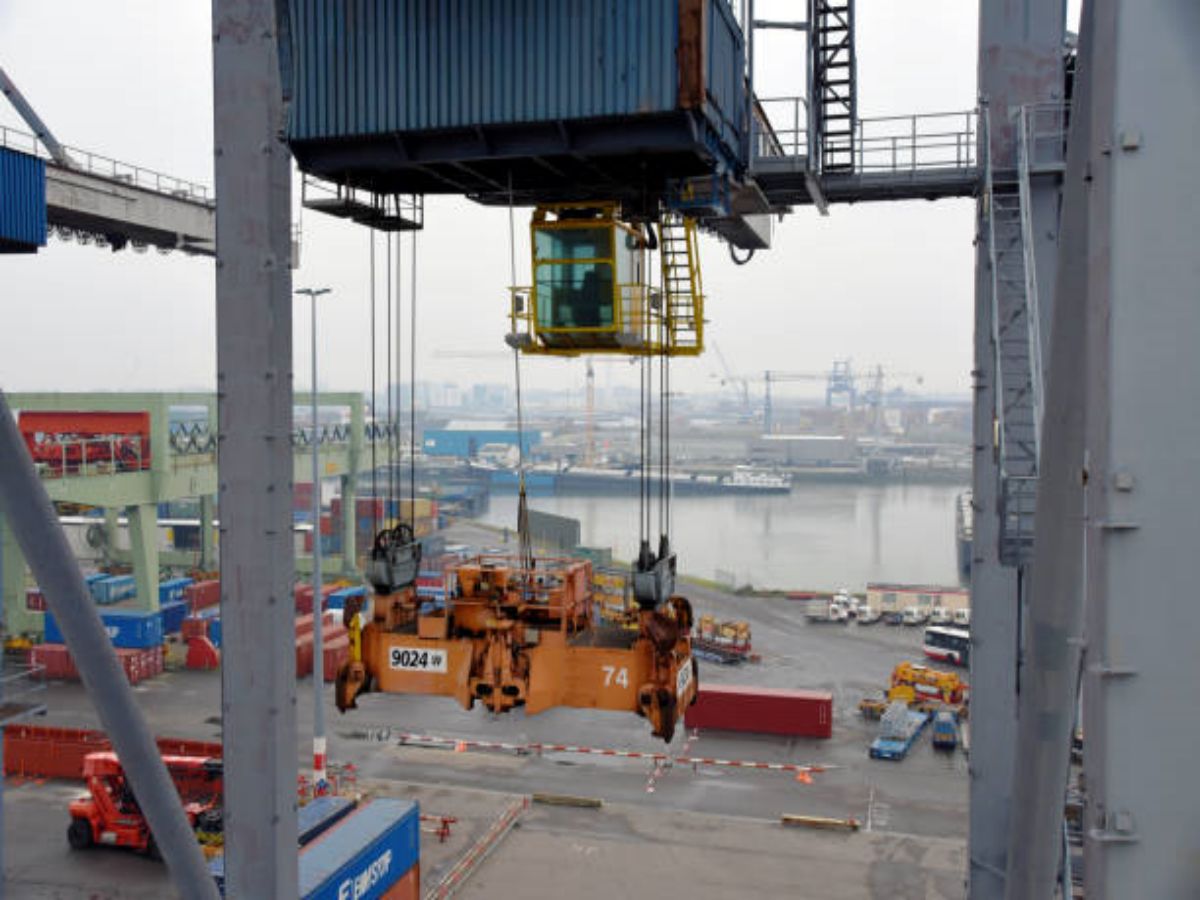The Advantages and Disadvantages of Vacuum Lift Bridge Crane in Industrial Operations
Industrial operations require the efficient movement of heavy loads, and one tool that has gained popularity in recent years is the vacuum lift bridge crane. This innovative piece of equipment offers unique advantages and disadvantages that can greatly impact productivity and safety in industrial settings. In this article, we will explore the various aspects of vacuum lift bridge cranes and analyze their benefits and drawbacks.
Advantage 1: Increased Efficiency
One major advantage of using a vacuum lift bridge crane in industrial operations is the increased efficiency it provides. These cranes are designed to handle heavy loads with ease, allowing for faster and more streamlined operations. With the ability to lift and transport large items with precision, workers can complete tasks in less time, resulting in improved productivity.
Advantage 2: Versatility
Another advantage of vacuum lift bridge cranes is their versatility. These cranes are designed to handle a wide range of materials, from large sheets of metal to delicate glass panels. By using different vacuum attachments, they can securely grip and lift various objects, making them suitable for different industrial applications. This versatility eliminates the need for multiple specialized lifting equipment, saving both space and costs.
Advantage 3: Enhanced Safety
The safety of workers is always a top priority in industrial operations. Vacuum lift bridge cranes offer enhanced safety features that minimize the risk of accidents and injuries. With a secure grip on the load, there is a reduced chance of it slipping or falling during transportation. Additionally, these cranes often come equipped with sensors and alarms that alert operators of any potential issues or malfunctions, ensuring a safe working environment.
Advantage 4: Increased Precision
When it comes to delicate and precise operations, vacuum lift bridge cranes excel. These cranes allow for precise control and positioning of heavy loads, ensuring accurate placement and alignment. This level of precision is particularly beneficial in industries such as automotive manufacturing, where precision is crucial for assembly and production processes.
Advantage 5: Cost Savings
While the initial investment in a vacuum lift bridge crane may seem significant, it can actually lead to long-term cost savings. By increasing efficiency and productivity, these cranes help reduce labor costs and minimize downtime. Additionally, the versatility of vacuum lift bridge cranes eliminates the need for multiple specialized lifting equipment, further reducing expenses.
Disadvantage 1: Limited Load Capacity
One disadvantage of vacuum lift bridge cranes is their limited load capacity. While they are capable of lifting heavy loads, there is a maximum weight limit that must be adhered to. Exceeding this limit can result in equipment damage and compromise safety. Therefore, it is crucial to carefully assess the weight of the loads to be lifted and choose a crane with an appropriate load capacity.
Disadvantage 2: Dependence on Power Source
Vacuum lift bridge cranes rely on a power source to operate effectively. This dependence on electricity can be a disadvantage in situations where power outages or disruptions occur. Without a backup power source or alternative lifting equipment, operations may be halted until power is restored. It is important to have contingency plans in place to mitigate the impact of power failures.
Disadvantage 3: Maintenance and Repair
Like any machinery, vacuum lift bridge cranes require regular maintenance and occasional repairs. The complex nature of these cranes can make maintenance tasks time-consuming and expensive. It is essential to have a comprehensive maintenance plan in place to ensure the crane remains in optimal working condition. Additionally, having trained technicians available for repairs can minimize downtime and prevent disruptions to industrial operations.
Disadvantage 4: Initial Investment
One of the initial drawbacks of vacuum lift bridge cranes is the significant investment required for acquisition and installation. These cranes involve complex engineering and specialized components, which contribute to their higher cost compared to traditional lifting equipment. However, as mentioned earlier, the long-term cost savings and increased efficiency can offset the initial investment over time.
Disadvantage 5: Skill and Training Requirements
Operating a vacuum lift bridge crane requires skill and training. Workers need to be trained in the proper use of the equipment and understand the safety protocols associated with its operation. This additional training can be time-consuming and may require additional resources. However, investing in proper training ensures the safe and efficient operation of the crane, reducing the risk of accidents and injuries.

